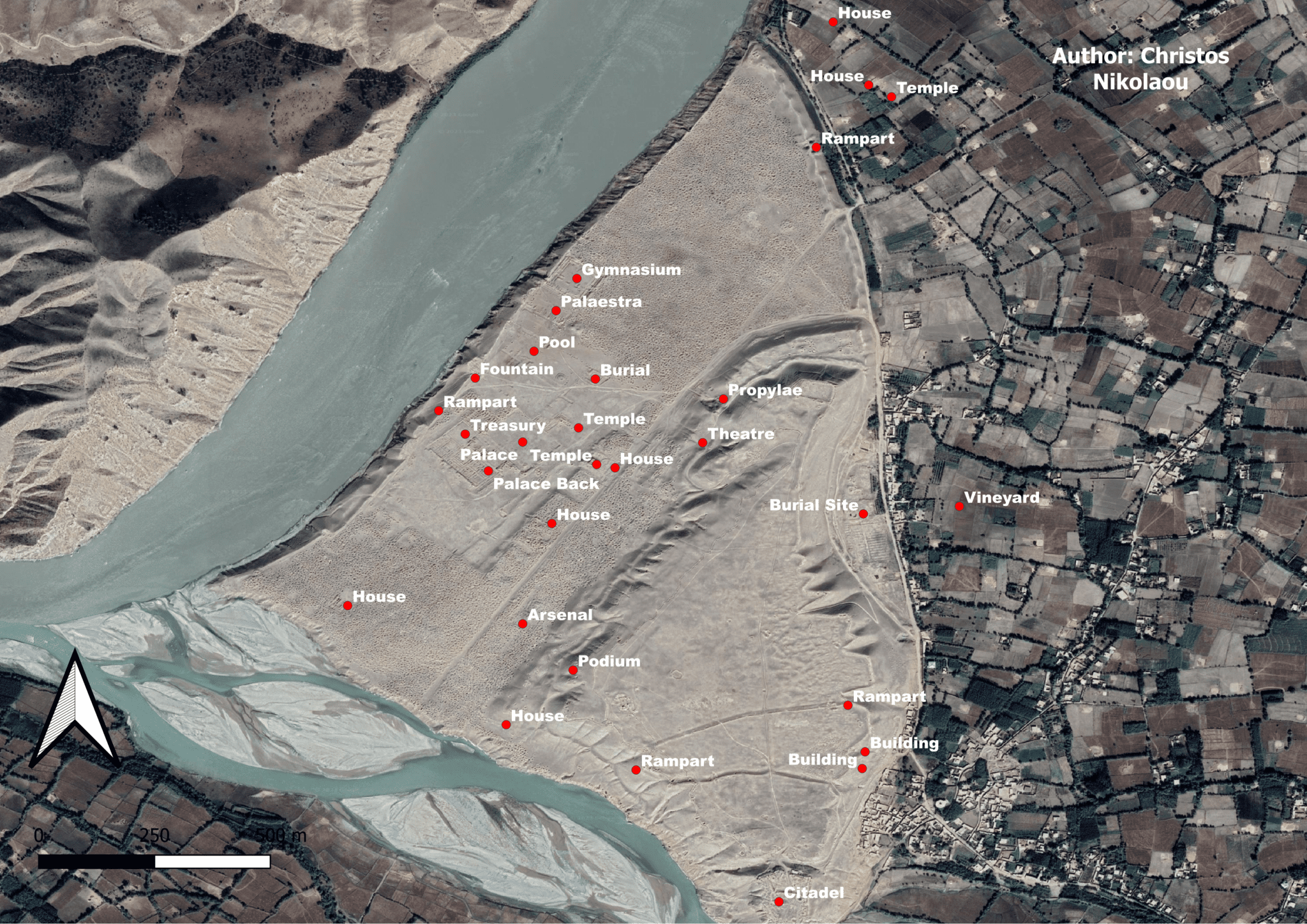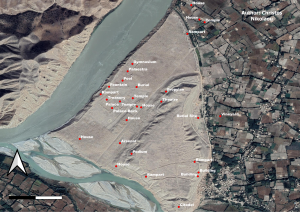CANCELLED: Class Relations and Religious Hybridization in Urban sites in (post-)Hellenistic Bactria and Gandhara
with Christos Nikolaou
We regret to inform you that due to unforeseen circumstances, our speaker, Christos Nikolaou, will not be able to deliver the lecture as planned. The event will be rescheduled and we will announce the new date once it is arranged.
The talk investigates how the political agendas of different classes of people affected the religious hybridization that took place in the regions of Bactria and Gandhara during the Hellenistic (defined as Graeco-Bactrian and Indo-Greek) and Post-Hellenistic (defined as Indo-Scythian, Indo-Parthian, and Early Kushan) Periods. The thesis proposes that these dynamics were the main factor in the religious change of the period and that this affected the urban landscapes and their surrounding regions. Individual urban sites and shrines are examined through the use of basic statistical and distribution analysis to understand how class relations patronised specific shrines to understand how specific religions could assimilate others within their own iconographic vogues. In addition, qualitative analysis is used to understand the possible agendas of the patrons and audience that consumed the art. The thesis proposes some models of how different religious traditions and imagery (collectively called ‘religious ecosystems’) affected urbanism in different sites. It also links the survival, competition, and co-existence of various cults in urban landscapes to the political economy of Bactria and Gandhara in general, as well as the urban sites in particular.
About the Speaker:
Christos Nikolaou just submitted his PhD at the University of Cambridge on the religious dynamics in urban landscapes in Bactria and Gandhara in the post-Hellenistic periods. He is originally from Cyprus, and has a keen interest in the archaeology of religion and ethnicity. His interest on the Graeco-Bactrian and Indo-Greek Kingdoms began during his undergraduate studies, alongside his interest in the Persianate world. He is looking specifically at the role of religion and its manifestations in urban landscapes, specifically with regards to religious hybridity and patronage, especially between Iranian, Hellenic and South Asian religious traditions. He does this via the use of geospatial and statistical methods as well as artistic interpretation to look into urban distributions of religious artefacts and evaluating strategic uses of hybridity. He has participated in excavations in Cyprus, Greece, Britain, Italy, and Uzbekistan.

